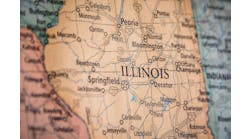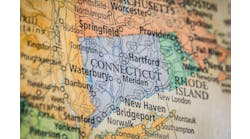The big question of how best to marry technology to a high touch/low tech business was tackled at an Environments for Aging (EFA) conference roundtable moderated by Jon Sanford, M. Arch, director of the Center for Assistive Technology and Environmental Access at the College of Architecture, Georgia Institute of Technology held on March 21 in Atlanta. The discussion was lively and sprinkled with concerns, admonitions, and positive outlooks.
Despite the well-documented benefits of incorporating technology such as electronic health records (EHR), which can consolidate care delivery and provide medication management within a typically multiple drug use population and sensors to support seniors and their desires to be independent and maintain as high a quality of life as possible, are a multitude of technologies that can improve quality of life among the aging population. However, adoption has its hurdles.
Chief among concerns of the care provider, architect, and interior design attendees was staff. It is a serious problem, care providers noted. One such provider reports selective recruiting and hiring practices that target on tech savvy individuals.
But, some attendees worried, does hiring a person with tech skills mean that the industry will lose workers who can relate to the residents? Not at all, was the group's consensus. Technology will never replace the person-to-person care.
Another care provider has found success in training staff with an approach more commonly seen in large, acute care facilities. "Too often we use technology experts to do the training," he said. His strategy is to deliver training by a personable, bright, and technologically competent ER physician who has dedicated time to train staff at multiple facilities across a large geographic region.
One takeaway from the roundtable is that implemented technologies must be perceived as valuable to the user. And this will often require educating end-users, be they staff, residents, or members of a looser-knit senior community. Without understanding the value and how the technology can help them and support their goals to improve their quality of life, both staff and the elderly are likely to resist adoption and use.



